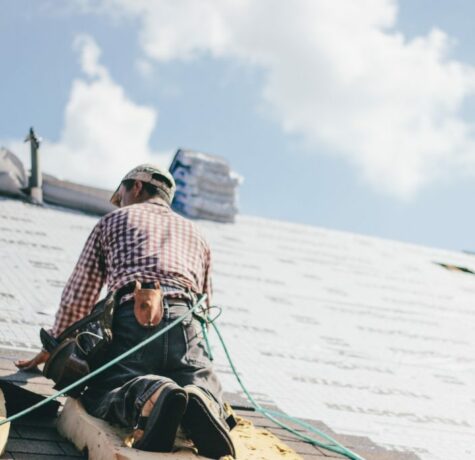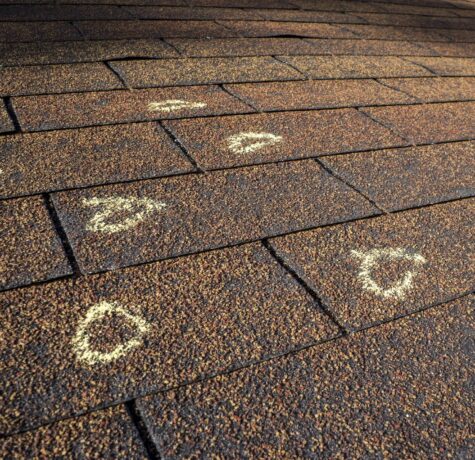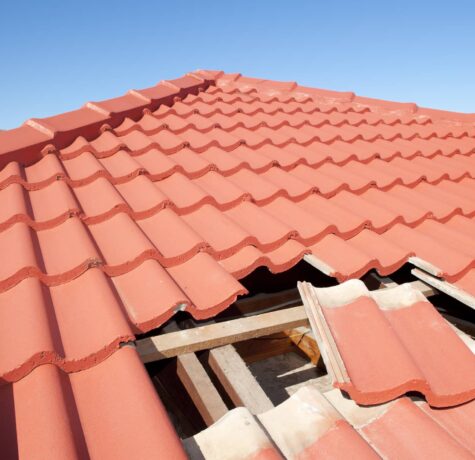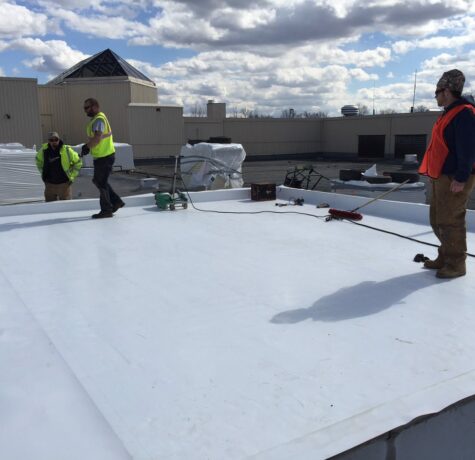What a conundrum. Los Angeles roofers are raining business this year. Why? First of all, as of the beginning of February, downtown LA had gotten more rain in 2017 than…
- January 2, 2017
Is Energy Efficient Roofing in your New Year’s Resolutions?
Energy efficient roofing is indicated by its Solar Reflective Index (SRI). The SRI designates a roofing material’s ability to stop the material from absorbing the sun’s heat by how it…
- December 24, 2016
How Do You Know if You Have a Roof Leak?
Sounds like a silly question, if there’s water dripping from your ceiling you probably know the answer but it’s not always so simple. A lot of times a roof leak…
- November 6, 2016
SoCal Drought Affects Roofing Your Home
Roofs in the Southern California area are worn out. The drought affects roofing — I see it every day and some roofs are so bad, it’s unbelievable. Our sun is…
- October 6, 2016
Checking for Roof Damage Because Winter is on the Way
It’s not a good idea to put your roofing interests off to the last minute. Checking for roof damage annually is so important. And when is the last minute? …as…
- June 23, 2016
TPO Roofing as a Solution for a Flat Roof
If you have a predominantly flat roof, you need to know about TPO roofing. TPO is a chemical acronym for ThermoPlastic-Olefin. Basically, it’s a somewhat stiff, white plastic that is…






